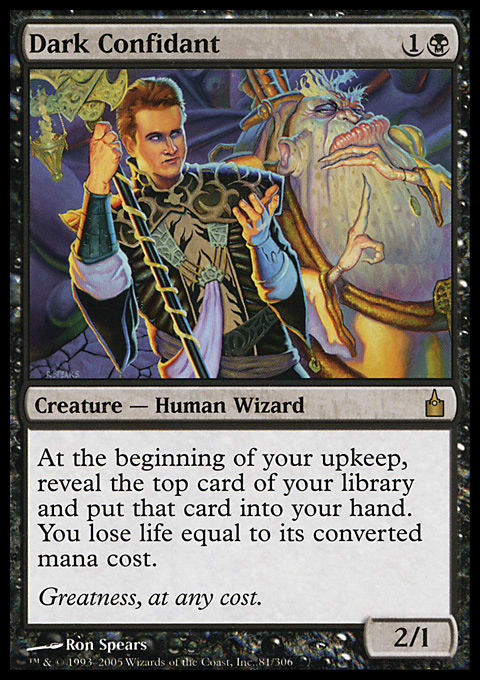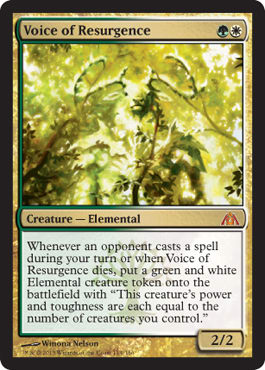Let us start this week with a story, one of preparation and planning over the course of many weeks. The tale begins a few weeks ago when I began the packing process to move across town. Over the previous few weeks, I had managed to keep everything on schedule and seemed to not only move everything without any loss but also have a smooth transition of work since I have little time before we leave for Origins and then Vegas immediately afterward. Monday afternoon, I scheduled to have the Internet set up in my new place, and I was guaranteed it would be up within forty-eight hours—perfect timing since I was moving the last of my things Wednesday. Long story short, I spent two hours on hold with people across a number of departments to find out that not only did they fail to turn it on, they didn’t even start an account for me, instead shipping me off with an unregistered modem and a bail full of chords.
Now that I am done ranting, I guess it is time to get to the point of this week. As I stated, I have no Internet, meaning researching card prices is all but impossible given the torrential storm outside preventing me from leaving. In a moment of panic, I decided to call upon a favor from fellow financial mind Jason Alt and see if he had any ideas for generalized topics I could discuss that I had maybe overlooked in the past. As luck has it, his answer was swift, short, and precisely what I needed—thank you, Jason; bouncing ideas off you keeps me sane at times.
So, what was Jason’s fantastic idea? He proposed writing an article in which I talk about what types of cards to target based on what your outlets are. Although I have covered particular outlets and how best to maximize your profits within them, I have never discussed a generalized map of what cards to best out where. Since I have limited Internet, I won’t be describing individual cards to target, but instead, I’ll be concentrating on the steadfast rules giving you an advantage in trade since you know where your cards will show the highest value and you’ll know what outs provide the best prices when looking to offload.
The primary outlet I currently use when spending elongated periods of time at home is eBay. Listing on auction sites is beginning to cost more and more, but if you can move enough product, it still is among the best outs for certain types of cards. I use eBay primarily to move foreign and damaged cards, and though listing strictly on eBay is fine, you will notice prices on Standard cards and certain obscure foils can actually be lower than some buy lists. For this reason, I usually use BidWicket.com and spreadsheets for anything major I am looking to move, and I have noticed that along with foreign and damaged cards, it seems many Commander or casual staples can move for a great deal more than buy list—sometimes even topping retail prices on major in stock websites. Damaged cards sell surprisingly well since listing your copies for fifty cents cheaper than everyone else does make you show up first, and you would be surprised how many people just pick the cheapest no matter condition. Foreign cards are much more hit-or-miss, but if you stick to Legacy staples, you will be amazed by how much people are willing to pay for nonfoil foreign cards. Standard foreign cards move at a slower rate but are still worth picking up if you can keep them cheap enough and stick to the “correct” languages.
I often refer to buy-listing on the assumption that you have a process for doing so and that you use tools such as BidWicket or simple spreadsheets to keep track of the values. If you do not already have a system for buy-listing, check out my article when I return from Grand Prix: Las Vegas, as I will be talking about just that. After you have a routine in place, it becomes important to save yourself even more time by weeding out the cards you know will be too low on a buy list to make it worth looking up. Continuously keeping track of Standard buy lists allows you to stay ahead of the trends—dropping buy prices typically means the demand has begun to drop and the card is likely to stagnate or drop in the near future. On the other hand, if you notice a buy price reach margins of seventy percent or more, it may mean a sudden demand has become apparent, and the card, as expected, may rise. Though this is a great rule of thumb, it is not always the case, as many stores will raise their buy prices if they notice they sell out of something often, and in the case of certain cards, they may never go up in value but will always fetch a very reasonable percentage. These are the types of cards you aim to pick up in trades and, in turn, sell at events to pay for your trip or provide you with some store credit to pick up the shell for your next deck.
Buy-listing is even more appealing for a player, as you will find many stores give a boost in store credit, and if you can time your selling correctly and move cards at their peak demand, you may find yourself closing ninety percent or more when trading in for store credit. For those who seek to merely profit, it is still wise to use this boost in credit to pick up cards you know you may be able to move back home for full retail or that people are willing to give premiums on, such as duals and Power. Keeping your binder stocked with these sorts of staples ensures you will almost always have something people are interested in, and you can, in turn, crush those large cards back in to good buy-list or eBay cards. The same can be said in select cases where the retail value of something is actually lower than what you can fetch on eBay. In these cases, trading your cards in that may not auction as well for nearly retail while picking up cards that will move quickly is a great way to keep your stock from becoming stagnant. I also use this option even when I know of nothing I need at that moment—most stores offer account credit, allowing you to spend the money in the future when someone is seeking something you may not have but can sell for a very good price or to fill an order you may not be able to complete otherwise. Having a stock of credit at a number of major retail sites allows you to dive deeper on cards when you believe they are spiking as well since you can spend almost nothing out of pocket.
The last major type of transfer is trading; although it’s a much different game than it used to be, it is still very relevant when looking to move as many cards as you can. I usually leave the majority of my Standard cards for trading since the price is set and the supply on most retail and auction sites is adequate. The buy price may be tempting on some cards, and I will move many of those, but for each reasonable price, there are a couple more that are just abysmal. I find myself trading a lot of ten-dollar-or-less cards into either casual or Eternal cards that have much safer numbers and time frames. Though Standard cards can spike at times, as proven recently by Voice of Resurgence, it is just as often that a card plummets from its once-lofty pedestal. For this reason, I would rather move any cards that do not buy-list well into cards I can move for cash. For those looking for playable cards, I suggest using these cards to trade for what you can and then use the previously mentioned store-credit option for those you cannot.
If you are someone who does not make many major events or rarely has time to travel, I suggest using the lower-end Standard cards to trade up into fetches and duals or Commander staples, as they are far more likely to hold their values over time. If you have access to a great number of players or you regularly attend large events, I would instead focus on the tech in Standard, picking up cards that are seeing continual play while at the same time moving your volatile stock.
I am sorry again about the lack of detail this week, but alas, nature is a mother, and between her and about five hundred thousand cards, my week has conspired against my successful transition to this new house. I should be on the road to Vegas while I am writing next week’s article, traveling with fellow Brainstorm Brewery members Corbin Hosler and Jason Alt. I will probably try to pick their brains and see how they feel on a number of topics, so tune in next week for what I expect to be an information overload!
Ryan Bushard
























